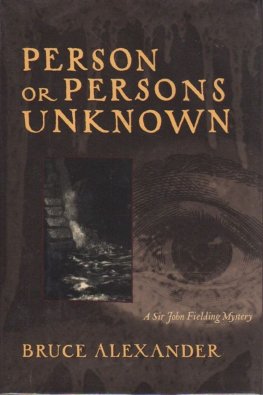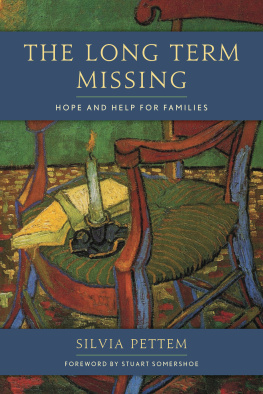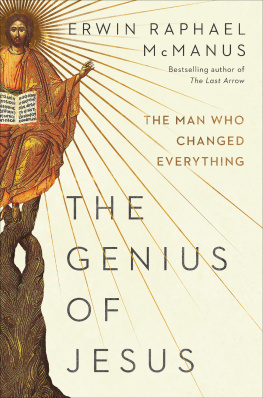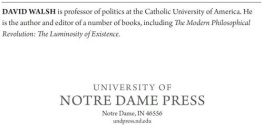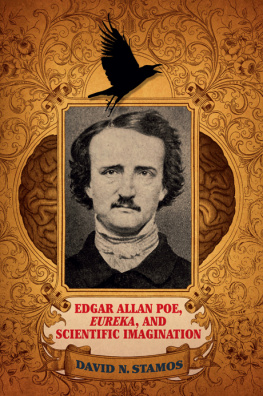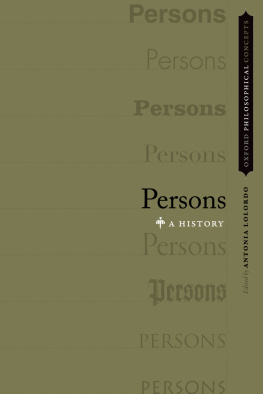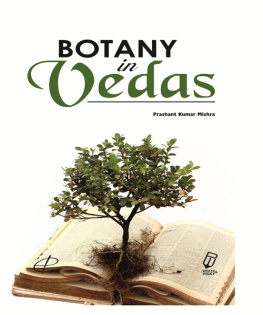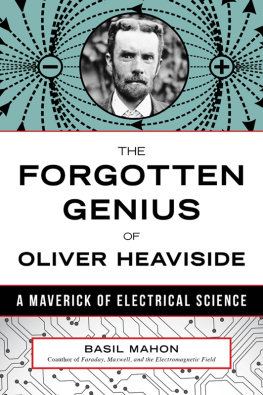INTRODUCTORY NOTE
The brief biographical notices of sixty-six noteworthy families printed in this book are compiled from replies to a circular issued by me in the spring of 1904 to all living Fellows of the Royal Society. Those that first arrived were discussed in Nature, August 11, 1904.
On Mr. Schuster's appointment by the University of London, in October, 1904, to the Research Fellowship in National Eugenics, all my materials were placed in his hand. He was to select from them those families that contained at least three noteworthy kinsmen, to compile lists of their achievements on the model of the above-mentioned memoir, to verify statements as far as possible, and to send what he wrote for final approval by the authors of the several replies.
This was done by Mr. Schuster. The results were then submitted by him as an appendix to his Report to the Senate last summer.
After preliminary arrangements, it was determined by the Senate that the list of Noteworthy Families should be published according to the title-page of this book, I having agreed to contribute the preface, Mr. Schuster's time being fully occupied with work in another branch of Eugenics.
So the list of Noteworthy Families in this volume is entirely the work of Mr. Schuster, except in respect to some slight alterations and additions for which I am responsible, as well as for all the rest.
FRANCIS GALTON.
PREFACE
Chapter I.General Remarks.
This volume is the first instalment of a work that admits of wide extension. Its object is to serve as an index to the achievements of those families which, having been exceptionally productive of noteworthy persons, seem especially suitable for biographical investigation.
The facts that are given here are avowedly bald and imperfect; nevertheless, they lead to certain important conclusions. They show, for example, that a considerable proportion of the noteworthy members in a population spring from comparatively few families.
The material upon which this book is based is mainly derived from the answers made to a circular sent to all the Fellows of the Royal Society whose names appear in its Year Book for 1904.
The questions were not unreasonably numerous, nor were they inquisitorial; nevertheless, it proved that not one-half of those who were addressed cared to answer them. It was, of course, desirable to know a great deal more than could have been asked for or published with propriety, such as the proneness of particular families to grave constitutional disease. Indeed, the secret history of a family is quite as important in its eugenic aspect as its public history; but one cannot expect persons to freely unlock their dark closets and drag forth family skeletons into the light of day. It was necessary in such a work as this to submit to considerable limitations, while turning to the fullest account whatever could be stated openly without giving the smallest offence to any of the persons concerned.
One limitation against which I still chafe in vain is the impracticability of ascertaining so apparently simple a matter as the number of kinsfolk of each person in each specific degree of near kinship, without troublesome solicitations. It was specially asked for in the circular, but by no means generally answered, even by those who replied freely to other questions. The reason must in some cases have been mere oversight or pure inertia, but to a large extent it was due to ignorance, for I was astonished to find many to whom the number of even their near kinsfolk was avowedly unknown. Emigration, foreign service, feuds between near connections, differences of social position, faintness of family interest, each produced their several effects, with the result, as I have reason to believe, that hardly one-half of the persons addressed were able, without first making inquiry of others, to reckon the number of their uncles, adult nephews, and first cousins. The isolation of some few from even their nearest relatives was occasionally so complete that the number of their brothers was unknown. It will be seen that this deficiency of information admits of being supplied indirectly, to a considerable degree.
The collection of even the comparatively small amount of material now in hand proved much more troublesome than was anticipated, but as the object and limitations of inquiries like this become generally understood, and as experience accumulates, the difficulty of similar work in the future will presumably lessen.
Chapter II.Noteworthiness.
The Fellowship of the Royal Society is a distinction highly appreciated by all members of the scientific world. Fifteen men are annually selected by its council out of some sixty candidates, each candidate being proposed by six, and usually by more, Fellows in a certificate containing his qualifications. The candidates themselves are representatives of a multitude of persons to whom the title would be not only an honour but a material advantage. The addition of the letters F.R.S. to the names of applicants to any post, however remotely connected with science, is a valuable testimonial and a recognised aid towards success, so the number of those who desire it is very large. Experience shows that no special education, other than self-instruction, is really required to attain this honour. Access to laboratories, good tuition, and so forth, are doubtless helpful, so far that many have obtained the distinction through such aid who could not otherwise have done so, but they are far from being all-important factors of success. The facts that lie patent before the eyes of every medical man, engineer, and the members of most professions, afford ample material for researches that would command the attention of the scientific world if viewed with intelligence and combined by a capable mind.
It is so difficult to compare the number of those who might have succeeded with the number of those who do, that the following illustration may perhaps be useful: By adding to the 53 registration counties in England, the 12 in Wales, the 33 in Scotland and the 32 in Ireland, an aggregate of 130 is obtained. The English counties, and the others in a lesser degree, have to be ransacked in order to supply the fifteen annually-elected Fellows; so it requires more than eight of these counties to yield an annual supply of a single Fellow to the Royal Society.
It is therefore contended that the Fellows of the Royal Society have sufficient status to be reckoned noteworthy, and, such being the case, they are a very convenient body for inquiries like these. They are trained to, and have sympathy with, scientific investigations; biographical notices are published of them during their lifetime, notably in the convenient compendium Who's Who, to which there will be frequent occasion to refer; and they are more or less known to one another, either directly or through friends, making it comparatively easy to satisfy the occasional doubts which may arise from their communications. It was easier and statistically safer to limit the inquiry to those Fellows who were living when the circulars were issuedthat is, to those whose names and addresses appear in the Royal Society's Year Book of 1904. Some of them have since died, full of honours, having done their duty to their generation; others have since been elected; so the restriction given here to the term Modern Science must be kept in mind.


